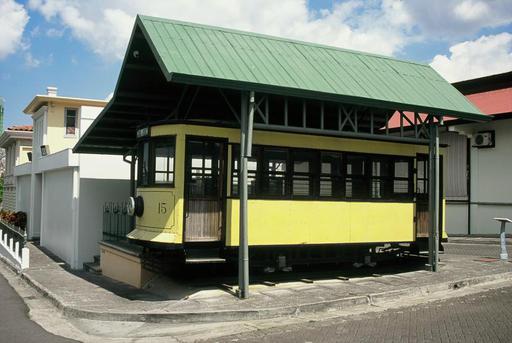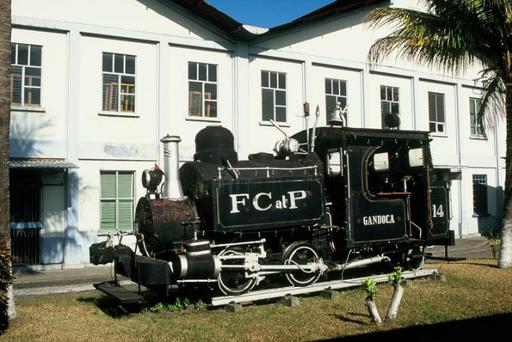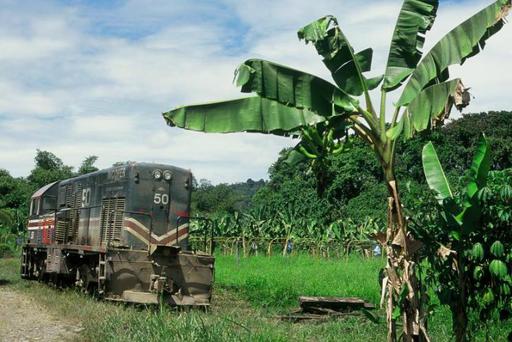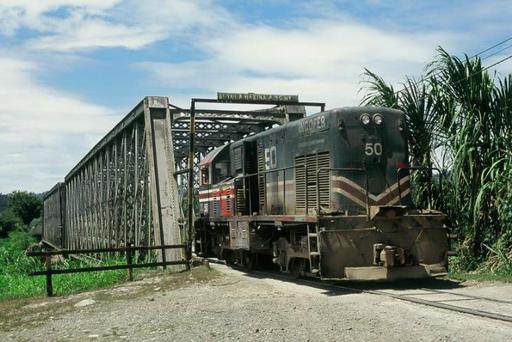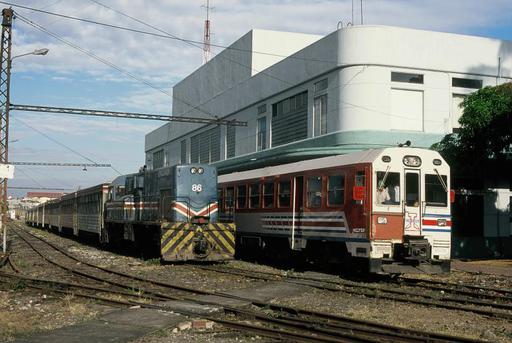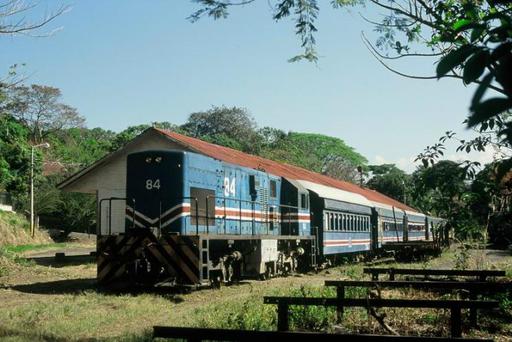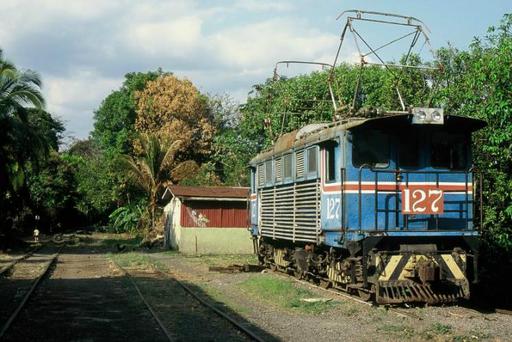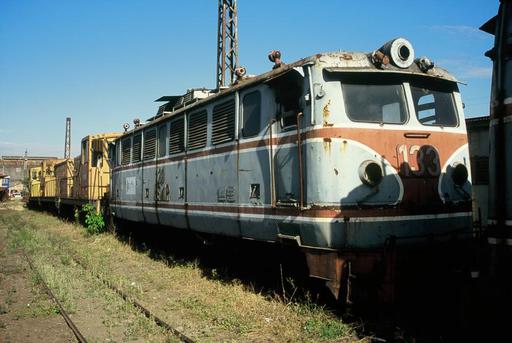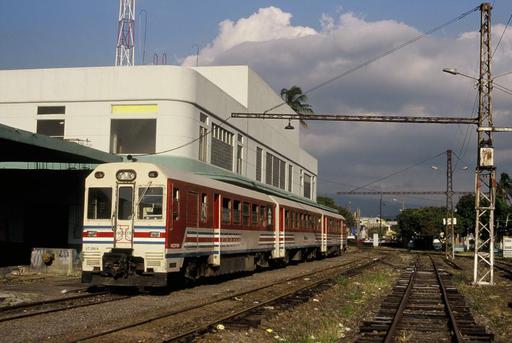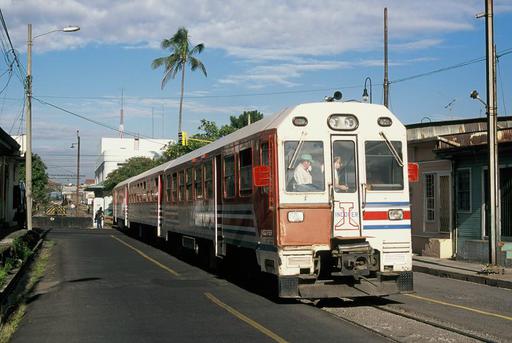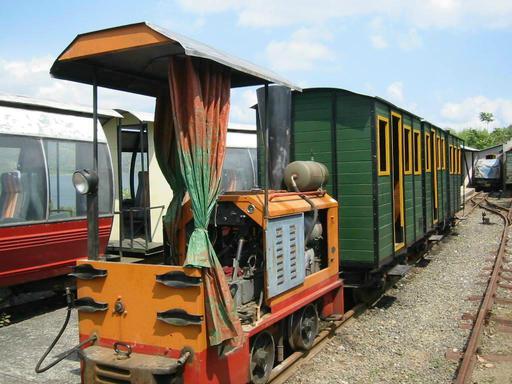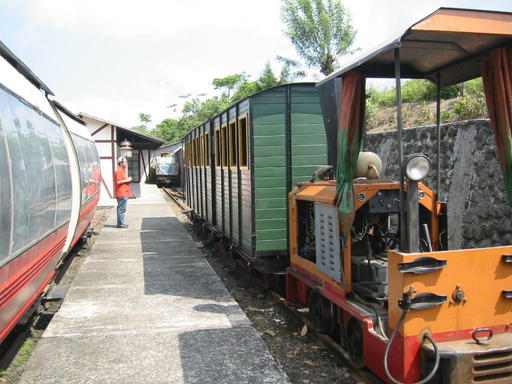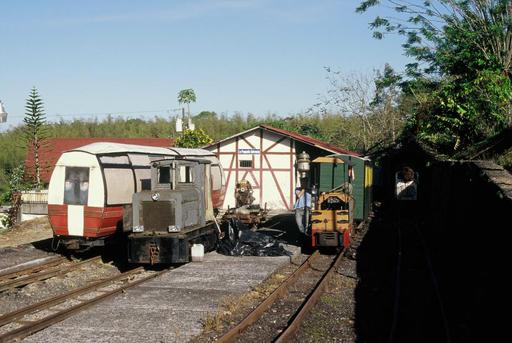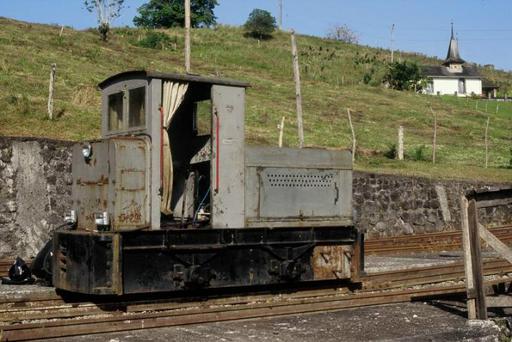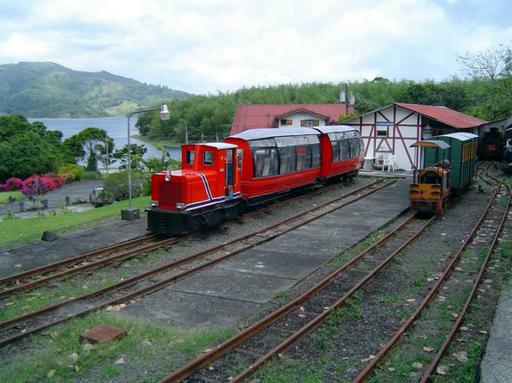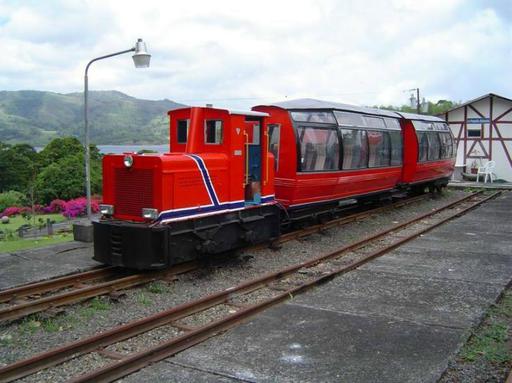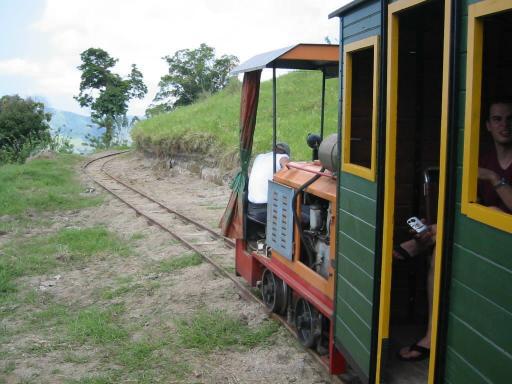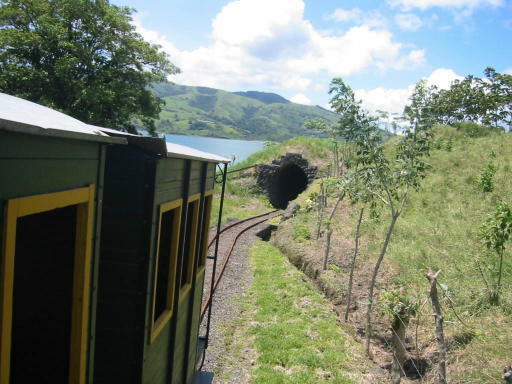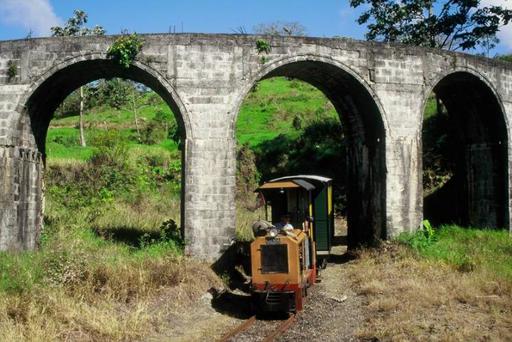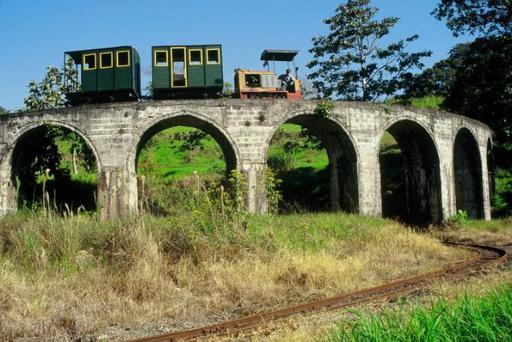Costa Rica
Country and History
The republic of Costa Rica exists since the separation from Spain in 1821. At the beginning still a part of a federation of states together with adjoining countries, the Federal Republic of Central America, it detached itself from the countries around it in 1839 and was recognised by Spain in 1850. Since 1824 San José, situated at 1165 metres above sea level, is the capital. The country is a constitutional democracy and a presidential republic. The country has 4,5 million inhabitants of which 85 pct. whites, 10 pct. Mestizos, 3 pct. Afro Costa Ricans who in their time arrived from Jamaica for railway construction to the Atlantic coast, 1 pct. Amerindians and 1 pct. Chinese. Land area of the country is 51'000 square kilometres. The official language is Spanish, Mekatelyu is recognised as a regional language. The country has since 1948 according to its constitution no army. Some islands also belong to the country. The country has 7 provinces which are subdivided into 81 cantons. In earlier times coffee, banana and pineapple were the main products, today tourism, especially ecotourism, and pharmaceutical as well as electronic products are far more important. Currency is the Colón. The major part of the population lives in the highlands around San José. Further information can be found on Wikipedia.
The railways
Geographically, the country shares frontiers in the north with Nicaragua, in the south with Panama, in the west it reaches the Pacific ocean, and in the east the Atlantic ocean. Therefore it was logical that the railway be connected with these oceans. The first railway line with Cape gauge of 1067 Millimetres went to the Atlantic, from Alajuela to San José and later to Cartago, and from Limón to Matina, but then the builders ran out of money. Only decades later the missing link could be built, and the line to Limón opened in December 1890. Materials for this line came by oxcart from Puntarenas to Alajuela. The first official railway company was the Costa Rica Railway Co. Ltd. Further lines were built by the United Fruit Co. in the banana growing area at the Atlantic, to transport the fruit. Later followed the Northern Railway of Costa Rica which took over the lines of the Costa Rica Railway. The line from the Pacific to San José, the Ferrocarril al Pacífico opened, after surmounting many constructional difficulties, in July 1910 with the same gauge of 1067 Millimetres (Cape gauge). Steepest inclination is 2.5 pct., but then between the Atlantic and Pacific stations in San José 4 pct. The average inclination between Caldera and San José is 1.2 pct., the tightest curve has a radius of 88 Metres.
Each of these lines as its own terminal station in San José, Estación al Atlántico and Estación al Pacífico. The urban light railway mentioned below also connects the two stations as a kind of tramway. In the beginning, trains were of course steam operated. Further banana transport lines were built by the United Fruit Company at the southern Pacific coast around Golfino - where still two steam engines can be seen -, amongst them the Ferrocarril de Sur as largest network. In 1930 electrification of the Pacific line was decided. In 1977 all still existing rail lines were merged into the state company FECOSA, Ferrocarriles de Costa Rica. In 1980 the Atlantic banana transport lines were electrified. In 1985 FECOSA was replaced by INCOFER, Instituto Costarricense de Ferrocarriles. All non electric lines are diesel operated.
The electrification of the Pacific railway
The electrification of the Pacific line was carried out by the German firm of AEG. The line has innumerable curves and an extension of 130 Kilometres. Single phase alternative current of 15 kV, 20 Hertz was chosen for the first railway in a tropical country as this did not require a substation. The power station was built at Tacares, near Turrucares where also the branch line to Alajuela turns off, in the river Poas. As the river bed was too narrow, the transformer station was built about 70 Metres above the river, and on the side of the pressure pipe a funicular was built of which no pictures exist (it was probably only a transportation line). The current of 6 kV was transformed at the transformer station to 16,5 kV and transported by an overhead line to Turrucares station, 30 Kilometres from San José.
The electrification of the Atlantic banana transport railway.
The next line to be electrified was the banana transport line of 106 Kilometres along the Atlantic from Rio Frio to Siquirres and Puerto Limón. The then state railway FECOSA which had taken over the lines had up to then operated the lines with diesel traction. As the load of one million of tons per year was exceptionally high, it was decided to renew the line completely and to electrify it. The contract went to the Canadian Pacific Railroad (CPR), which replaced the rails situated in swampy soil completely down to the track bed. Wherever possible, the line was straightened. As the line is the only connexion in the area, the bridges had also to carry pedestrian and motor car traffic. Throughout concrete sleepers and partially continuously welded rail witness of the high standard of the line. In early 1979 the electrification was put to tender. The contract was won by the European 50 Hertz consortium of which also Brown Boveri of Switzerland participated and which should be built for alternative current at 25 kV and 50 Hertz. In charge was AEG. Of course, the small and far away power station at Tucurres was unable to deliver the current, and therefore the line had to be connected to the public three phase current net of 60 Hertz. Therefore the line was electrified at 25 kV and 60 Hertz. From the storage power station at Cachi the three phase current line goes to the diesel power station Moin at the Atlantic coast. It passes close to Siquirres, and a few Kilometres east of the banana plant "Freehold" the main substation and the remote control room was built. The second substation is placed close to Moin, at the end of the electrical line. Since then the diesel groups were only rarely used. 95 pct. of Costa Rica's power requirement relies on water power. As there was no space problem for the lateral catenary wire deviation it was possible to fix this - similar to the Pacific line - at plus/minus 400 Millimetres so that the locomotives could operate without problems on both lines.
The rolling stock
The steam engines
A total of five surviving steam engines are known. Loco No. 1 of the Ferrocarril al Pacífico was built om 1898 by Dickson Manufacturing Co. It carries the name "Maria Cecília" and stands behind the workshop of the Estación al Pacífico. Axle arrangement is 2-4-0. Loco No. 14 of the same railway with the name "Gandolfo" is at the same place as loco No. 1. Of this, it is only known that it was operated by a Panamanian firm in the (undefined) frontier area from where it was taken over by the Costa Ricans. Axle arrangement is 0-4-2T. A photograph can be found on the photo page. Loco No. 59 of the Costa Rica Northern Railway was to be found at the museum at the Estación al Atlántico and is a 2-6-0 of the Baldwin Locomotive Works, built in 1907. Works No. is 31880, the empty weight 96 tons, and it was fired with coal. Of the forth locomotive, No. 84, a Baldwin 2-8-2, exists a photograph. Of last it was in San Josè outside the Estación al Atlántico, today a museum, MUFES, Museu de Formas y Espácios. The building is under patrimonial protection and has been very nicely restored. Loco No. 102 (there is no photograph) of the Ferrocarril del Sur was at the car yard in Golfito, a harbour town 340 Kilometres south of San José, together with a further locomotive. It is a 2-8-2 and was built in 1940 by the Baldwin Locomotive works with the works No. 64445. It was fired with coal. - It is also known that after the Second World War Baldwin exported surplus locomotives of the United States Army Transportation corps with the axle arrangement 2-8-2 to Costa Rica, amongst other countries.
The diesel locomotives of General Electric
In 1951 the United Fruit Co. purchased for locos 65T, Bo'Bo'', Cu NHBIS 600 motors of 400 HP and serial No. 60-63. In 1955 the Northern RR of Costa Rica purchased four locos 52T, Bo'Bo' of 420 HP and serial No. 30-33. In 1957 followed eight more locos with identical equipment and serial No. 40-47. In 1959 the Cia. Bananera de Costa Rica received 3 locos U6B, Bo'Bo', with Caterpillar D379 motors of 700 HP and serial No. 50-53. In 1966 FECOSA, Ferrocarriles de Costa Rica, received four identical locos U6B, but of 720 HP, with serial No. 54-59. In 1971 followed five locos U10B, also Bo'Bo', but with Caterpillar D398 motors of 825 HP and serial No. 75-79. In 1979 followed 10 locos U11B with identical equipment but with 1100 HP and serial No. 80-89.
The electrical locomotives of the Pacific railway from 1930 to 1978
For the transport of passenger and goods trains with a total weight of up to 200 tons, in 1930 eight six axle locomotives with the axle arrangement A1A+A1A were purchased, i.e. two short coupled bogies with a total of 4 driven axles and between the driving axles two running axles. The four motors of the locomotives had a permanent hourly performance of 650 HP at 25 Kilometres per hour. Service weight was 56,8 tons, maximum speed 50 Kilometres per hour. Total length over couplers was 12,1 Metres, largest width 2,6 Metres and height 3,75 Metres above rails. The locomotives had two driving positions. For acceleration served 10 contactor control positions which correspond to 10 driving notches. The locomotives were assembled in the workshops at San José. As brakes served a Westinghouse air brake without additional brake, one screw hand brake per bogie served as parking brake. At the end of 1930 the electrified line opened for traffic. In 1935 two more locomotives No. 9 and 10, later No. 28-29, and later No. 128-129 with the same axle arrangement and the same motor performance were delivered from AEG. The locomotives No. 1-6 were later renumbered No. 21-26 and later No. 121-126. Locomotive No. 7 was damaged by accident in 1930. From parts of it a new locomotive No. 11, a shunting locomotive with the axle arrangement A1A, later No. 20, and later No. 120 was built. Locomotive No. 126 received in 1959 modern end cabins and later two Bo'Bo' bogies of 1500 HP from a Henschel-Siemens locomotive (see below). Locomotive No. 8 became later No. 27, and later No. 127, and received as such the Bo'Bo' bogies from locomotive No. 126 which was not a success. Locomotive No. 127, with the new bogies, can be seen on the photo page. Also preserved is loco No. 3, which in San José is stationed at the Estación al Pacífico. There the original axle arrangement A1A-A1A can clearly be seen. In 1939 two similar locomotives and a shunter were ordered, but never delivered because of the outbreak of the Second World War. In 1958 (photo of the inauguration) four more locomotives followed from Henschel and Siemens with axle arrangement Bo'Bo' and No. 30-33, later No. 130-133 of which one is on the photo page in today's state. They have motors of 1500 PS and a weight of 60 tons and are derived from the E41 locomotive of the German Federal Railways. Nothing more is known about them.
The new electrical locomotives of the banana transport and Pacific railways of 1980
FECOSA had asked for offers for twelve locomotives with the axle arrangement Bo'Bo' and a nominal power of 1200 Kilowatt which with consideration for the pacific railway were to be built as dual frequency locomotives and of which finally eight were destined for the banana transport line and the reminder to be freely used on the Pacific railway. Also the permitted axle charge of 16 tons of the Pacific line and the high constant charge of the locomotives close to the adhesion limit required the use of a powerful undulatory current motor which already was in use at the South African State Railway (SAR) with a nominal power of 500 Kilowatt. The adhesion coefficient of 0,25 is close to the values of the Swiss Bern-Lötschberg-Simplon (BLS) railway. On the mostly flat banana transport line a maximum speed of 80 Kilometres per hour was prescribed, in regular service with 800 tons a maximum speed of 60 Kilometres per hour was expected. Instead of the then usual thyristor current control and with consideration for the Pacific line, switchgear control with a simple silicium diode rectifier and 28 steps at 20 Hertz as well as 22 steps at 60 Hertz was chosen. Automatic change of current is incorporated and multiple unit control is possible. The separately excited electric resistance brake can be used separately or together with the Westinghouse electro pneumatic air brake and can keep train weights of up to 300 tons at a gradient of 2.7 pct. on the downhill section at a steady speed. All twelve locomotives with the No. 134 -145 were delivered in 1981. They have a low voltage switchgear control system of the Deutsche Bundesbahn (DB) locomotive E-41, diode rectifier and shaft current motors. The mechanical part came from Alstom Atlantique at Belfort, the electrical part from AEG, Siemens and Brown Boveri (BBC) of Switzerland. On the pacific line the maximum speed of the locomotives is 32 Kilometres per hour. The locomotive weighs 64 tons. Of these locomotives stand 11 north of the workshop of the Estaciõn al Pacífico in San José, and are waiting for better times, a fact which has been discussed by the daily "La Nación" in a newspaper article. In 1983 the electrical locomotives 146 and 147, originating of the Rumanian diesel hydraulic FAUR locomotives 63 and 69, with electro hydraulic drive for the Pacific line were put into service which had been rebuilt by FECOSA, but they were not a success.
Recent developments
Due to extensive earth slides the line between Cartago and Turrialba was destroyed in 1988 which divided the railway network into two parts. A powerful earth quake damaged in 1991 the lines along the atlantic coast which, however, were reinstated within two weeks. The Atlantic banana transport line had become unprofitable already earlier, because of the exhaustion of the banana fields and the high current costs. Bananas are transported in the evening when tariffs are at their highest, and the power stations would not reduce the tariffs. Further reasons were the high personal costs due to overstaffing, and so the banana transports were transferred to trucks. As a consequence operation ceased in 1995. The atlantic overhead line was in competition with private copper thiefs dismantled. In 1997 and 1998 the country's government made several efforts to privatise the railway. But the potential operators made too high demands on the state or wanted only to take over parts of the lines. As the overcharging of the roads increased constantly, it dawned on the government that without the railway nothing more was possible, which made the government to reactivate INCOFER. INCOFER took over operations and repaired the lines. Today both on the Pacific line and the banana transport line diesel locomotives are used. The only passenger train, an excursion train, is the Tico train of America Travel which underway stops at Rio Grande de Atenas where the railway museum is situated, and which then continues to Caldera. A branch line of 4,6 Kilometres from Salinas connects the former railway with the new harbour which in the seventies replaced the harbour at Puntarenas, which was no longer deep enough, and the entry of which is too narrow for container ships. The Tico train operates, however, only on 2,3 Kilometres on the harbour branch line as far as the beach at Caldera. The train consists of a GE diesel electric locomotive U11 B of 1979 (two of ten imported locomotives), with Caterpillar motors type 388 and 398 of 1100 HP at 6000 Volts, which can reach a maximum speed of 80 Kilometres per hour, weigh 64 tons, and are 38 feet long, 12 feet high and 9 feet large. Furthermore there are passenger coaches from 1941, from Germany (blue cars) with 46 seats, metal coloured cars from 1960, from Japan, and caboose cars. A timetable can be found at the Fahrplancenter. INCOFER has a very modest home page. There one can find some hopeful information, that the railway can be resurrected in three steps. First the banana transport lines at the Valle de la Estrella, later the other Atlantic lines and finally the Pacific line shall be put out to concession. Furthermore the substation at Tacares shall receive more power within the available possibilities.
Railways for the visit of the rain forest
Already in earlier times there were visiting lines which transported the visitors at the top of the trees level through the rain forest. This is called Sky Tram, but is not a tramway but rather a gondola line. The gondolas offer space for nine passengers and a guide.
New, however, is the Monteverde Trainforest Railway which in the Puntarenas area goes over 6 Kilometres. The journey, however, takes 90 minutes. The train operates hourly from 07 hours to 17 hours from the station which is situated 5 km from the public school at Santa Elena, in Monteverde. Close by is the also the workshop. Rolling stock consists of two diesel hydraulic locomotives which look like old steam engines, model Texico, named Dona Delsa and Rolo, and which were built by the firm of Severn Lamb Ltd. of Stratford on Avon in Great Britain, a firm well known for model equipment, and three passenger coaches with space for 72 passengers each. Track gauge is 24 inches which corresponds to 70 Centimetres. Tourists pay USD65, foreign students USD32.50, locals 5000 Ticos and local students as well as honorary citizens 2500 Ticos. America Travel organises excursions from San José.
The urban light railway (LRT) at San José
In our information pages we have repeatedly informed about the LRT urban light railway at San José between Pavas and Universidad Latina. Originally the tracks between the Atlantic and Pacific railways which operates in the street, only were used for the exchange of rolling stock between the Atlantic and Pacific railways. Operation of the LRT started with one locomotive and six passenger coaches. The train was rapidly very successful and reinforcements were required. Therefore one of the Apolo multiple unit three car diesel trains acquired in 1991 from FEVE in Spain which originally operated between San José and Cartago, was overhauled and taken into use again. Later a second train followed. In 2002 operation to a timetable on the LRT line started. Of recent two more two car sets from FEVE followed (the centre car had been eliminated some time ago as the motor performance of the MAN motors with the years had become weaker). Whilst the formerly existing sets , reinforced by a loco train with two locomotives and eight coaches operate between Pavas and Universidad Latina, the new trains will operate on the line in north eastern direction to Heredia (where the old tracks had been dug out). In the meantime, the traffic to Heredia was opened. The timetable can be found at the Fahrplancenter.
The mountain railway at the Hotel "Los Heroes"
A Swiss hotelier has built a mountain railway for the guests of his hotel "Los Heroes", Pequeña Helvecia (little Switzerland), at Nueva Arenal. The railway, the official name is "Tren Turistico Arenal", actually a field railway with a gauge of 600 mm, originates in the village of Chéseaux, near Lausanne where a farmer originally built the line but never received permission to run it. The hotelier took over the tracks and cars at the end of 1999, and from early 2000 the line was operated on a length of 1 km and with two tunnels. Prominent visitors include the American ex-president Jimmy Carter, and he inaugurated the line as well as a locally built Panorama car.
Rolling stock consists of three locomotives, two from DIEMA, type DL 20 of 1965 and one from RACO-SAURER from 1938. This locomotive, in poor shape has now been completely overhauled in two year's work and provided with a beautiful coat of red paint (see photographs below). This overhaul work has been carefully documented (in German only; for this .pdf document you will need the Acrobat Reader or any similar product. Beware, this file has a size of almost 2 MB). Therefore, the technical data are well known. It is a RACO of type 1313 with a motor C410D from Saurer.
Five green two axle coaches with nine seats each and the six axle Panorama car, 14 m long and with 30 seats transport the passengers.
The present line has a length of 3.5 km uphill and manages a height difference of almost 200 Meters. The maximum inclination is 73 per thousand. The first tunnel has a length of 43 Meter, the second 35 Meter.
The line connects the hotel "Los Heroes" with a turning panorama restaurant. The upper station is below the surface and 30 Meter long. From there, the panorama restaurant is reached by two sets of stairs.
A further attraction is a 54 Meter bridge, a circular viaduct with 10 arches which is a copy of the famous circular viaduct on the Swiss RhB Bernina line near Brusio.
Tramways
Tramways existed in San José, in Puntarenas and Cartago, conventional lines with two axle cars, single track with meeting places, and as a curiosity at Guácimo, 125 Kilometres north east of San José, where the Northern Railway of Costa Rica operated a passenger service with a former PCC car from Baltimore/USA, reequiped with a gasoline motor and with the track gauge adapted from 1638 Millimetres to 1067 Millimetres.
Sources
Wikipedia: Costa Rica
Wikipedia: Railtransport in Costa Rica
Hotel Los Heroes
The Tramways of Costa Rica by Allen Morrison
The Railways of Costa Rica, Richard Yudin, ISBN 0 948904 56 9
Zeitschrift Elektrische Bahnen, Zentralblatt für den elektrischen Zugbetrieb S. 142-146, 1983/10 S. 322-326, 2008/7 S. 333-334 (Herzlichen Dank an Hans Streiff, der uns die Zeitschriften zur Verfügung gestellt hat.)
